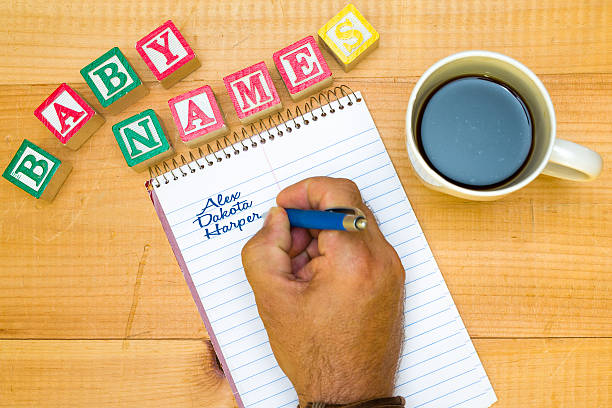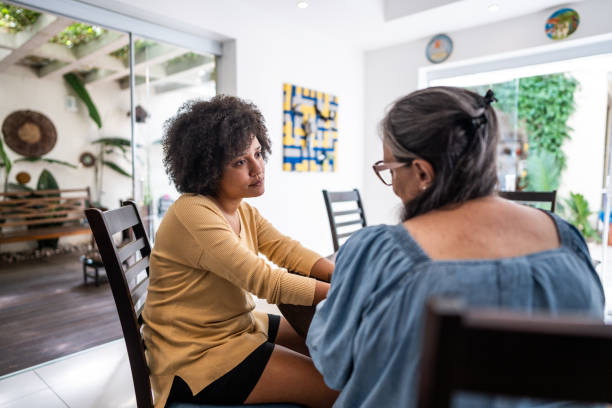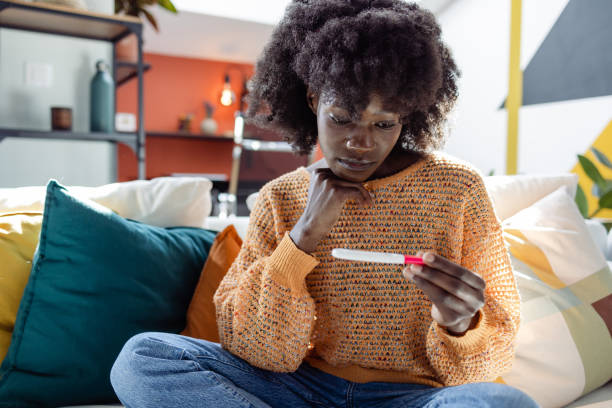Get back to shape after birth with pilates
Pregnancy and birth give your body new challenges like fatigue, body aches, and dizzy spells, among others. Pilates exercises are a great way to stay fit and well, not only
Pregnancy and birth give your body new challenges like fatigue, body aches, and dizzy spells, among others. Pilates exercises are a great way to stay fit and well, not only during pregnancy but after delivery as well.
Abdominal muscles become stretched and lose most of their tone after a woman gives birth. This lack of muscle tone can make a woman susceptible to back injuries. If you have been practicing Pilates during pregnancy, your abdominal muscles will bounce back at a much quicker rate than would normally happen.
WHAT IS PILATES?
Pilates is a series of exercises developed by Joseph Pilates, a physical-culturist born in Germany. It strengthens muscles, increases flexibility and improves overall health. Created in the early part of the 20th century, the exercises were so far ahead of their time that they did not begin to achieve popular recognition until the beginning of the 21st century. Joseph Pilates developed this system of exercise to strengthen the human mind and body.
Research shows that over 10 million people today practise Pilates around the world and the numbers continue to grow. In Kenya, it has been embraced well and several health institutions and clubs have it in their programmes. The exercises are performed on a mat and on specially designed equipment, which your instructor will show you how to use.
WHY PILATES?
Pilates focuses on engaging the mind and body to create exercises that involve the whole body. Every exercise is performed with attention paid to breathing, proper form and efficient movement patterns. This in turn strengthens the core, improves balance, increases coordination, and decreases stress. The exercises are relatively safe, low impact and appropriate for anyone from age 10 to even 100 years.
Pilates helps one get the body size and shape she had before the pregnancy and sometimes even better. Pilates also helps to tone up the flabby belly after delivery. It strengthens and flattens the deep lower abdominal wall. Every exercise in the Pilates routine requires you to suck in your belly for effectiveness. Pilates helps address pelvic flow weakness, which causes many new mums to leak urine both during and after pregnancy. Pilates, which focuses on the strengthening and toning of the weak muscles, improves sleep and minimizes depression, addresses posture issues, which develop through pregnancy, and prepares the mum to easily lift and carry her new born.
Pilates may also help mums who experience birth complications to recover faster. The breathing technique used in Pilates increases the amount of oxygen your lungs take with each breath. The increased oxygen and blood flow is what aids in the healing process. Pilates can be started four to six weeks after delivery.
However, for those who have had a caesarean section, six weeks is more appropriate.
Make sure you get clearance from your physician before starting any exercise programme. Pilates helps in:
• Strengthening the abdominal muscles after birth.
• Improving balance.
• Increasing co-ordination.
• Relieving stress.
• Aligning posture.
• Improving sleep.
• Pilates, when performed correctly and with the proper supervision, is an education in body awareness. It teaches you how to train your mind and build symmetry and coordination in the body.
• Lessening back pain. Most back pain results from faulty posture and a sedentary lifestyle. Proper alignment is the main factor that helps to alleviate back pain. If you do Pilates carefully, you’ll understand how to use your body in ways that protect your back from injury.
• Flatter tummy. The best way to get a flatter tummy is to lose a little weight. The second best way is to do Pilates.





